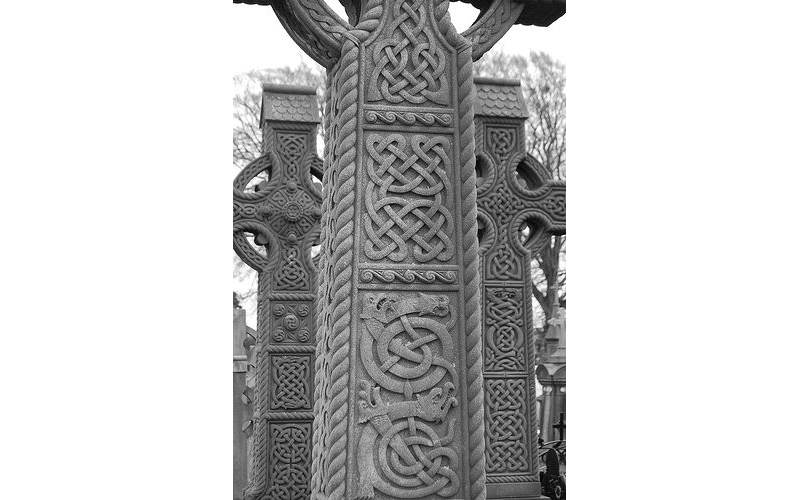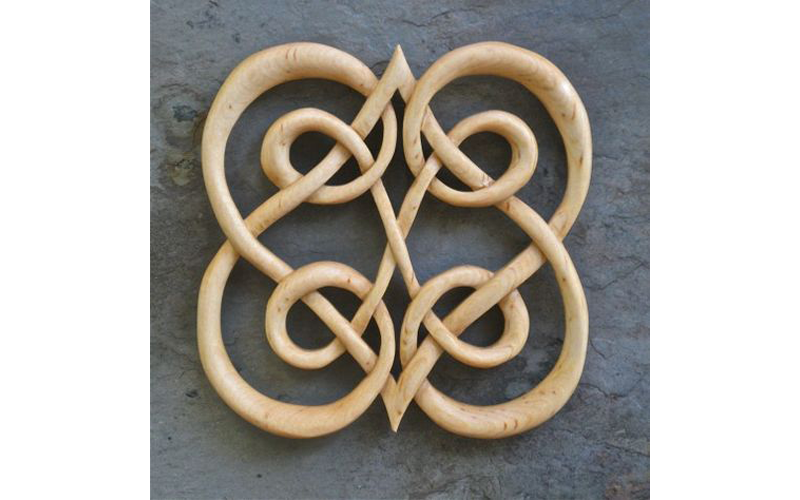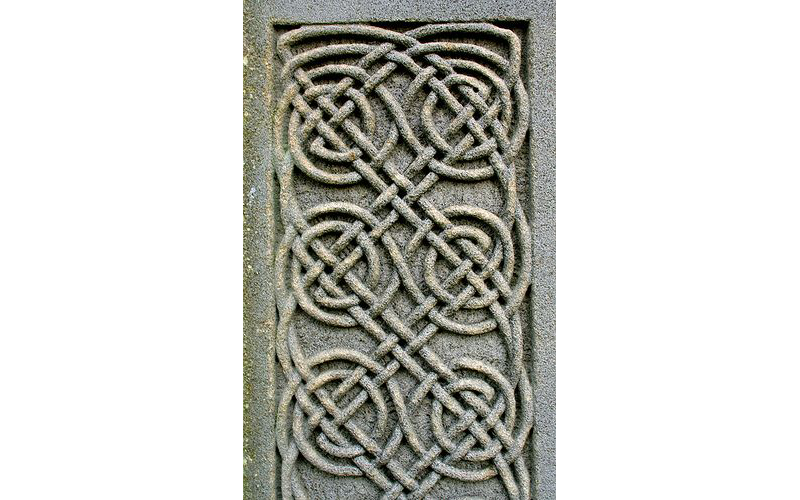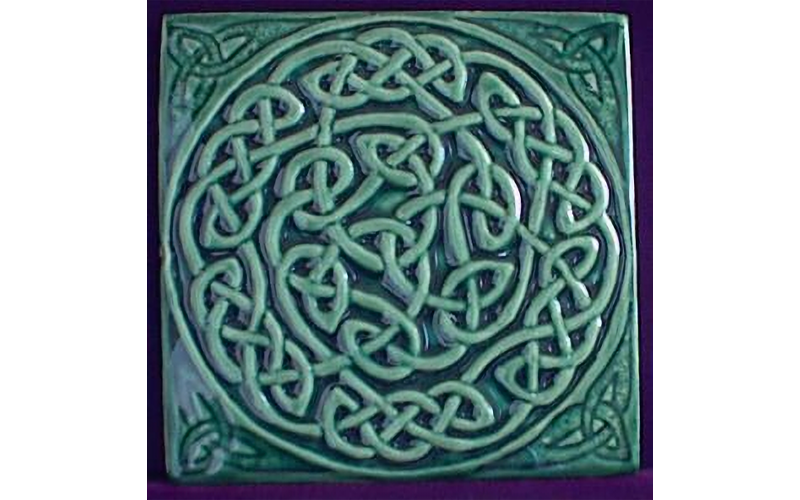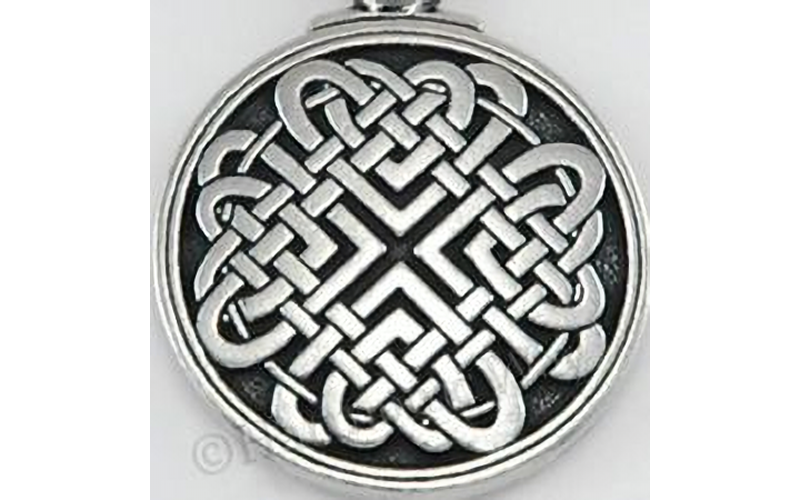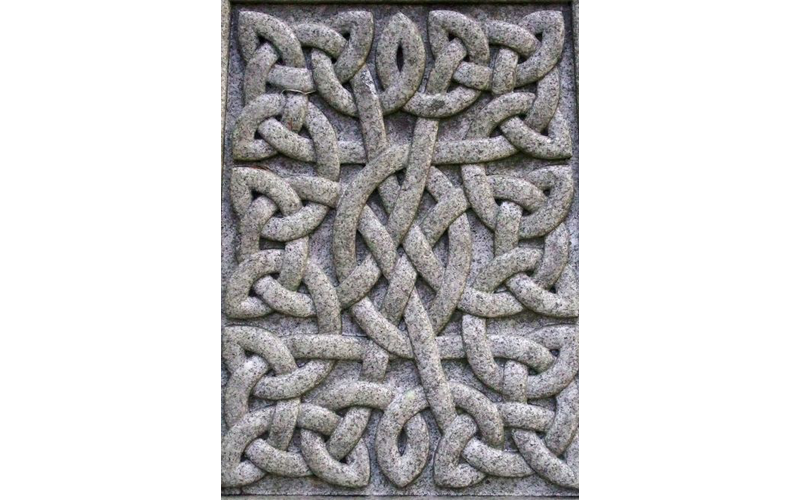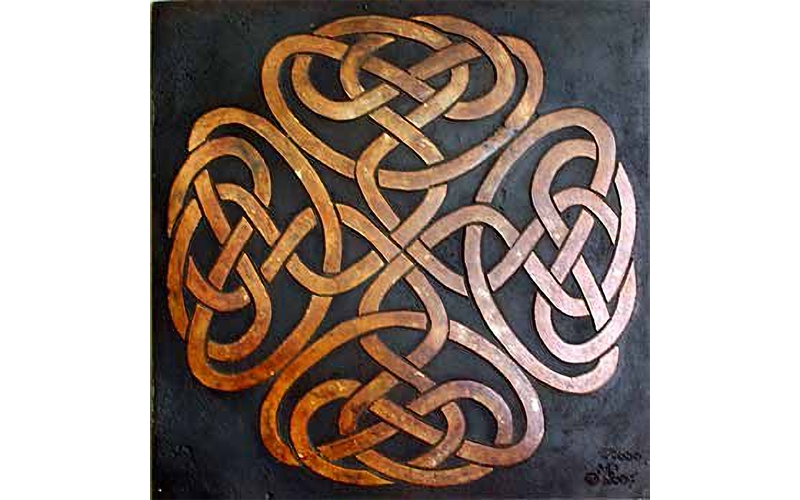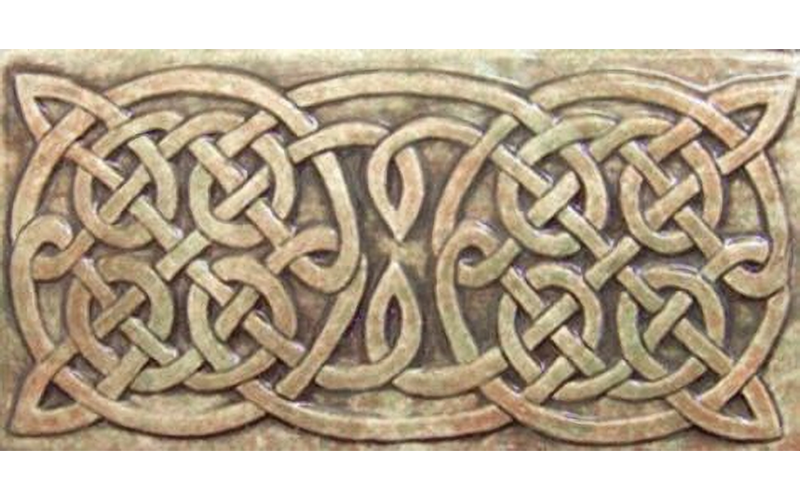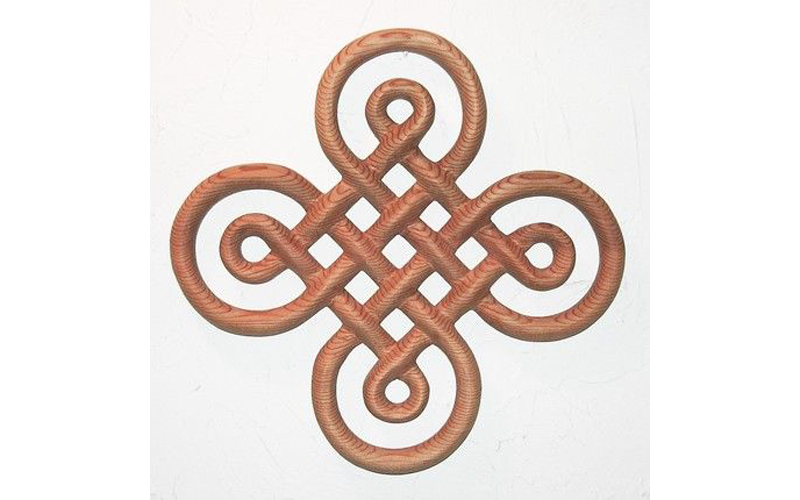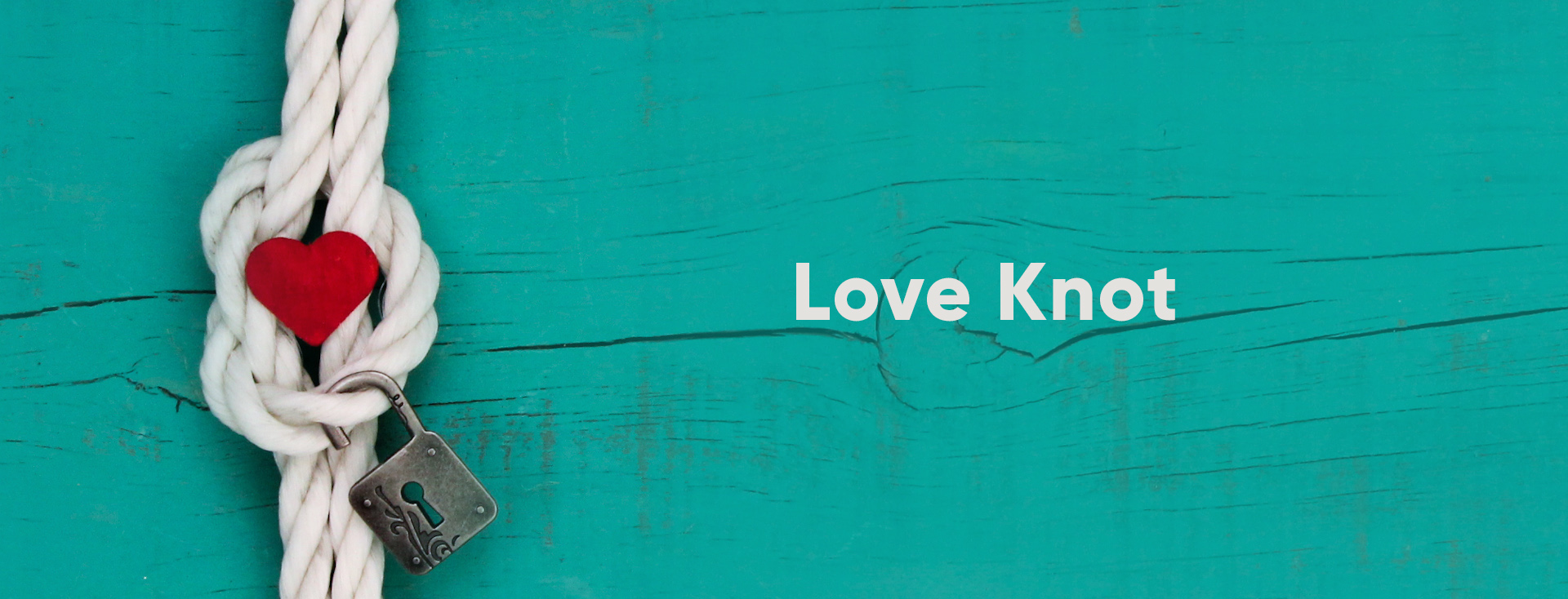
Where do they come from? What do they mean?
Love knots date back to antiquity and are found in such widely different places as Ireland, Greece, and Egypt that no one is actually certain of their origin or even which was the first love knot to be used. Their intricately braided and kaleidoscopic designs are sometimes associated with the interlocking bonds between romantic lovers, family, and friends.
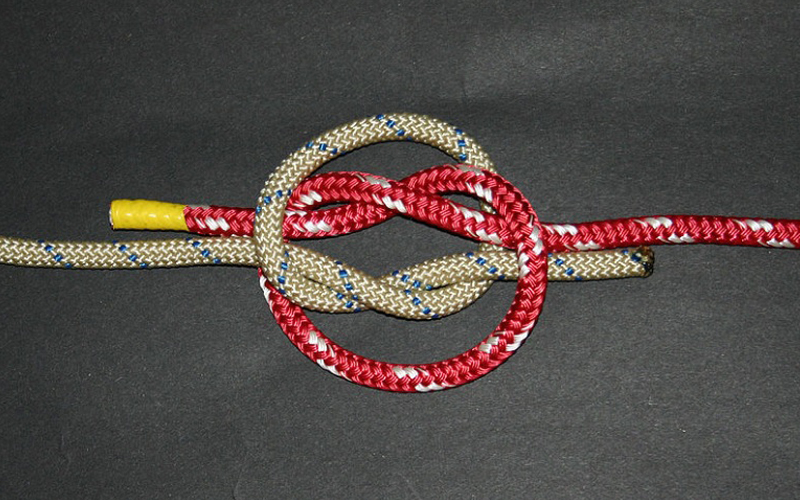
Literature and folklore offer stories of sailors separated from their wives using gold wire to create a ring, around and through which their own wedding ring could move but never be separated. Other legends tell of young lovers tying two small tree branches into a type of lover’s knot. If the knot stayed tied after a period of time, it was a sign that their love would be lasting. When two ropes are tied into a traditional True Lover’s Knot, it’s easy to see that while each rope will be tying itself into a knot, it will also be interlocking itself within a larger knot with the other rope at the same time. In any case, it seems clear that these traditions gave rise to our present day metaphor for marriage when we say someone is going to “tie the knot”.
Perhaps no one is more famous for knot design than the ancient Celts, particularly because theirs is unequalled in intricacy and beauty. Appearing everywhere in art, as well as on manuscripts and monuments all across Ireland and Scotland, these designs eventually appeared on everything from Roman mosaic floors and handicrafts to Byzantine architecture. While Celtic knots can take on a wide range of appearances and meanings, enjoy a few of these fine examples.
JOIN THE MOVEMENT
Subscribe to our newsletter and receive inspirational stories delivered to your inbox that spread love, updates on our movement, and notifications on upcoming deals & events.

